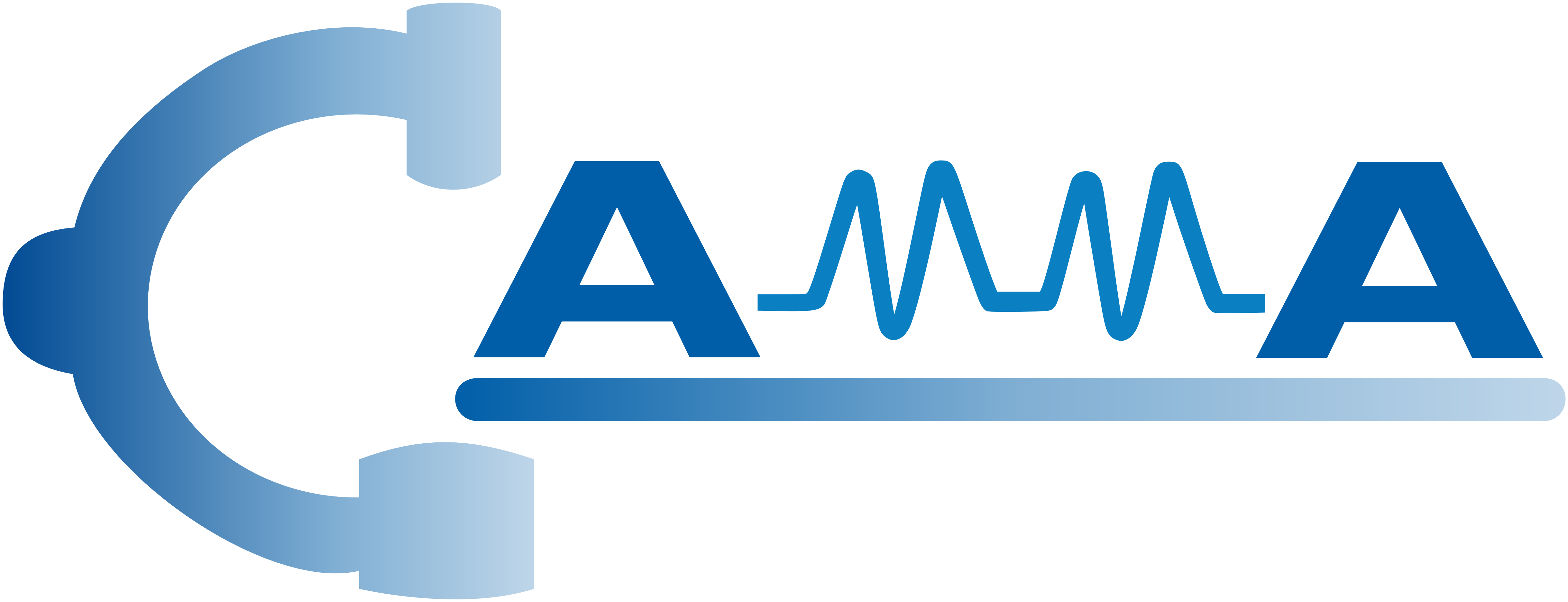A generalizable approach for multi-view 3D human pose regression
Despite the significant improvement in the performance of monocular pose estimation approaches and their ability to generalize to unseen environments, multi-view (MV) approaches are often lagging behind in terms of accuracy and are specific to certain datasets. This is mainly due to the fact that (1) contrary to real world single-view (SV) datasets, MV datasets are often captured in controlled environments to collect precise 3D annotations, which do not cover all real world challenges, and (2) the model parameters are learned for specific camera setups. To alleviate these problems, we propose a two-stage approach to detect and estimate 3D human poses, which separates SV pose detection from MV 3D pose estimation. This separation enables us to utilize each dataset for the right task, i.e. SV datasets for constructing robust pose detection models and MV datasets for constructing precise MV 3D regression models. In addition, our 3D regression approach only requires 3D pose data and its projections to the views for building the model, hence removing the need for collecting annotated data from the test setup. Our approach can therefore be easily generalized to a new environment by simply projecting 3D poses into 2D during training according to the camera setup used at test time. As 2D poses are collected at test time using a SV pose detector, which might generate inaccurate detections, we model its characteristics and incorporate this information during training. We demonstrate that incorporating the detector's characteristics is important to build a robust 3D regression model and that the resulting regression model generalizes well to new MV environments. Our evaluation results show that our approach achieves competitive results on the Human3.6M dataset and significantly improves results on a MV clinical dataset that is the first MV dataset generated from live surgery recordings.
PDF Abstract




 MS COCO
MS COCO
 Human3.6M
Human3.6M
 MPII
MPII